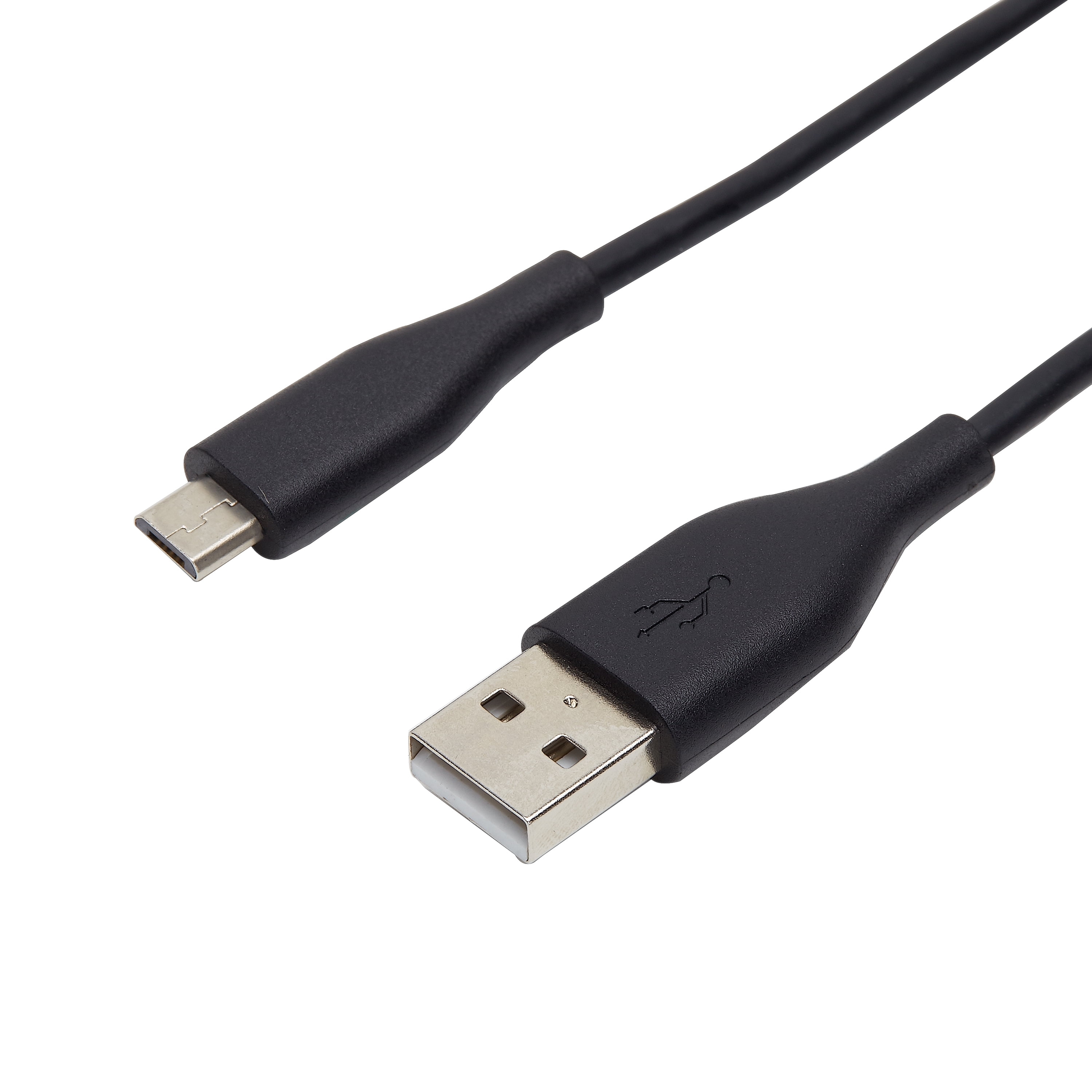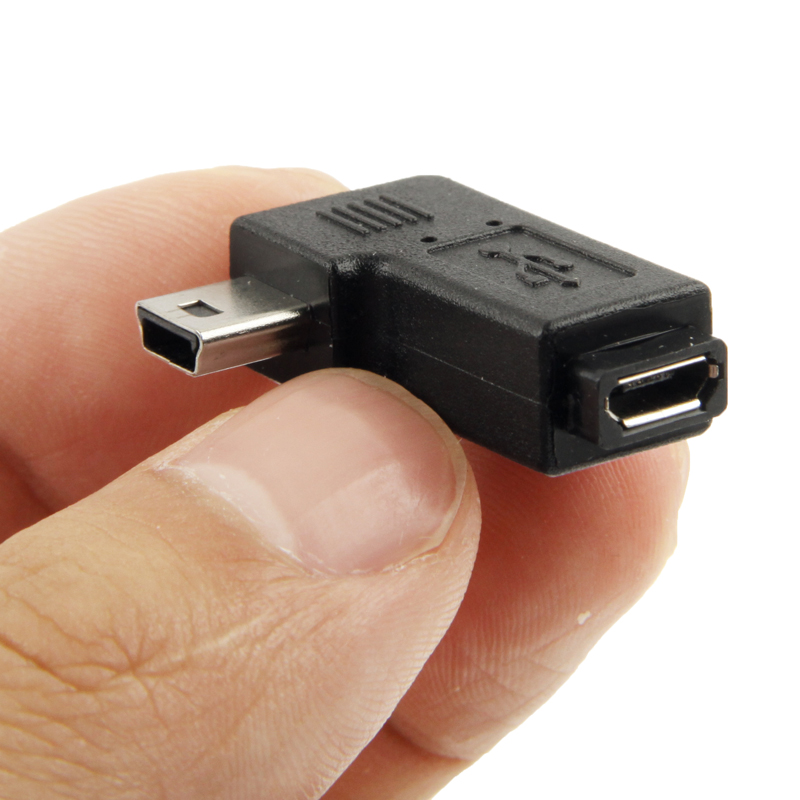
Is micro USB still used? Types of Micro USB Mirco USB A.It includes two one-foot cables, two three-foot cables, and one six-foot cable. If you need some micro-USB cables, this pack of micro-USB cables from Anker has you covered. Need a new cable and aren't sure what to get? Here are recommendations for every type. If you often need to use your device far away from the outlet while it's charging, a six-foot cable will usually do. They're also usually long enough to reach from an outlet to a desk. This allows you to keep your phone in your hand while connected to a battery in your bag or pocket. Three feet is a good minimum length for a charging cable. On the other hand, a cable that's too long can be inconvenient to carry, will tangle more easily, and is potentially a tripping hazard. Short cables are great for portability, but that can leave you sitting on the floor next to a power outlet as your phone charges. It's a small difference in price, but it's worth it.Īnother important aspect is cable length. While you don't have to buy a cable from your phone's manufacturer, you should stick to recognized brands. It will become the norm over the next several years, just like it took USB 3 a while to catch on. USB 4.0 is the newest standard, but at the time of writing it's not generally available.Most new computers have at least one USB 3 port, and high-quality flash drives use this standard. Some USB 3.0 ports also have an SS symbol (which stands for Super Speed). You can typically identify a USB 3.x port or connector by its blue coloring. It's much faster than USB 2.0, and thus recommended for devices like external hard drives.

#Usb micro portable#
Micro-USB: Another past standard, slowly declining in popularity, for mobile and portable devices.These include cameras, the PlayStation 3 controller, MP3 players, and similar. While not that common today, you'll still see these on some devices, which are mostly from Sony. Mini-USB: A smaller connector type that was standard for mobile devices a while back.

They're not very common these days, as most devices have moved onto a smaller connection.




 0 kommentar(er)
0 kommentar(er)
